Measurement results and subjective hearing test
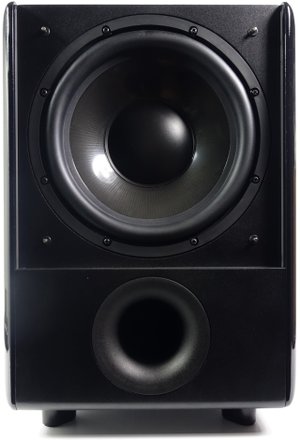 Rule number one: Each subwoofer is only as good as the room in which it stands!
Rule number one: Each subwoofer is only as good as the room in which it stands!
Room modes and unfavorable floor plans certainly do more harm to the good low-tone reproduction than a system that is too weak or not optimally designed.
The second approach is that we do not want to use the subwoofer in a real 2.1 system where the crossover frequency is 125 to 150 Hz.
We would like to explain why this is the case in advance, because the Mivoc Hype 10 G2 is getting better and better the less it has to play upwards. If you let it also play the upper bass and the lower middles, the playback becomes a bit muddy and buzzy overall – crisp then sounds clearly different.
Let us now look at the measurement curves, where we want to start with the maximum controller position, let the signals audibly still reproduce up to around 250 Hz and their range is dimensioned in such a way that the curve shows the typical 125 Hz transition and then descends steadily upwards.
If you want to use small satellites together with the Mivoc Hype 10 G2, you will not be able to avoid choosing this setting, because the hole between bass/upper bass and the middles otherwise becomes too big and especially the lower middles suffer too much. The controller specification of 180 Hz is nonsense, since the level drop is already about ten decibels.
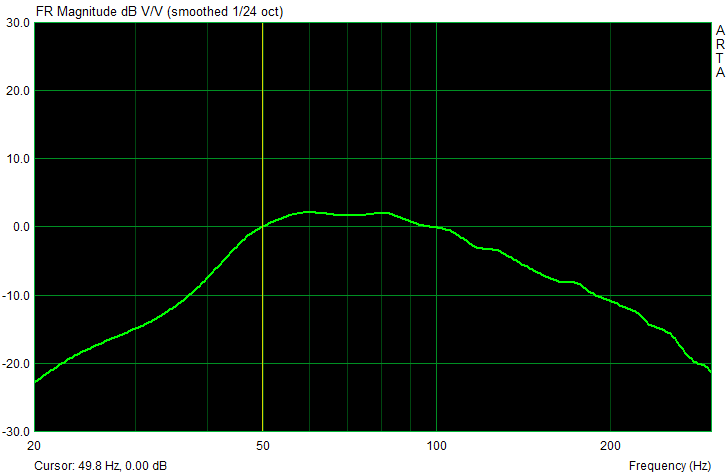
The center position is recommended for satellites that can play cleanly down to 100 Hz and then buckle for physical reasons. However, anyone who connects the subwoofer to the high-level output via the loudspeakers should never forget that any sound control on the actual system also has a direct effect on the subwoofer – keyword loudness function. Low-level is always preferable.
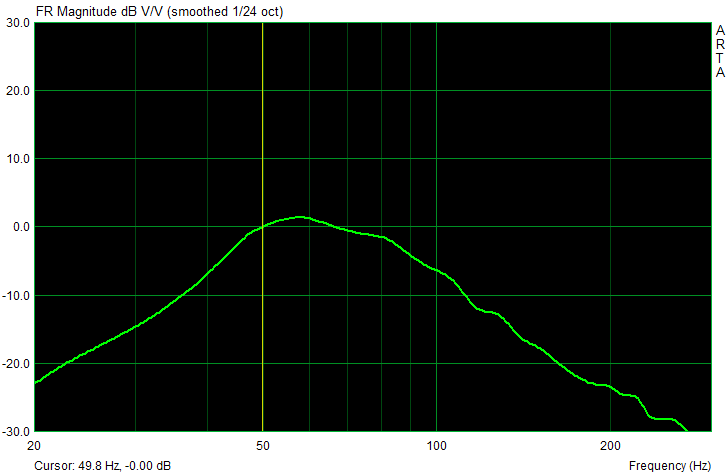
On the other hand, if you use good shelf boxes or near-field monitors, which are already solid and neutral up to approx. 70 Hz down, the minimum position is almost ideal, even if here the still too hesitant drop on the upper flank takes a somerevenge and the bass area up to approx. 100 Hz slightly overemphasized when both transducers play together.
It is precisely in this area that attention must be paid to the correct phase situation and it pays off once again that a phase reversal is offered.
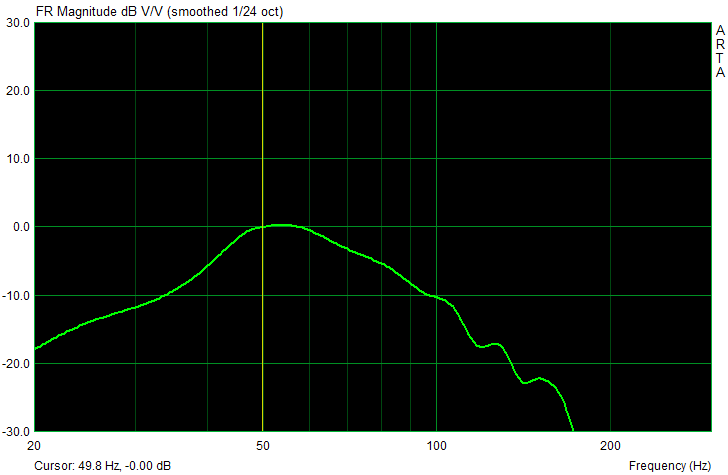
Subjective hearing impression
Depending on the crossover setting and suitability of the room, a playback down to about 30 Hz is still audible, even if the level drop is now already 12 decibels. An unfavorably cut room and fashions can make the subjective impression worse than what the subwoofer could actually do.
This brings us back to the fact that finding the right location often determines the success of such a bass action. And no, a sub does not have to stand on the floor, but it is also allowed to loung itself on a stand once, if the rooms are above average high.
However, if you use the crossover controller on or below the middle position in the direction of 48 Hz, the low-tone reproduction of the Mivoc Hype 10 G2 in this price range is almost uniquely good and the subwoofer does not have to be in the least possible before significantly more expensive models. Hide. If it does not have to reproduce an upper bass, it appears sufficiently dry and nimble, but never humming or muddy. When it’s roaring, the location or setting is wrong – or both. Then just try.
What the built-in chassis does not like, however, are very fast successive and powerful impulses, as in hardcore techno, for example, when it goes well over 150 BPM. Then the sub hangs a little behind – the playback becomes undifferentiated; it starts to buzz and roar. Soft tief(st)bass, on the other hand, is played well enough, which makes the subwoofer even suitable for classical music and gives you a really good mood in movies and games.
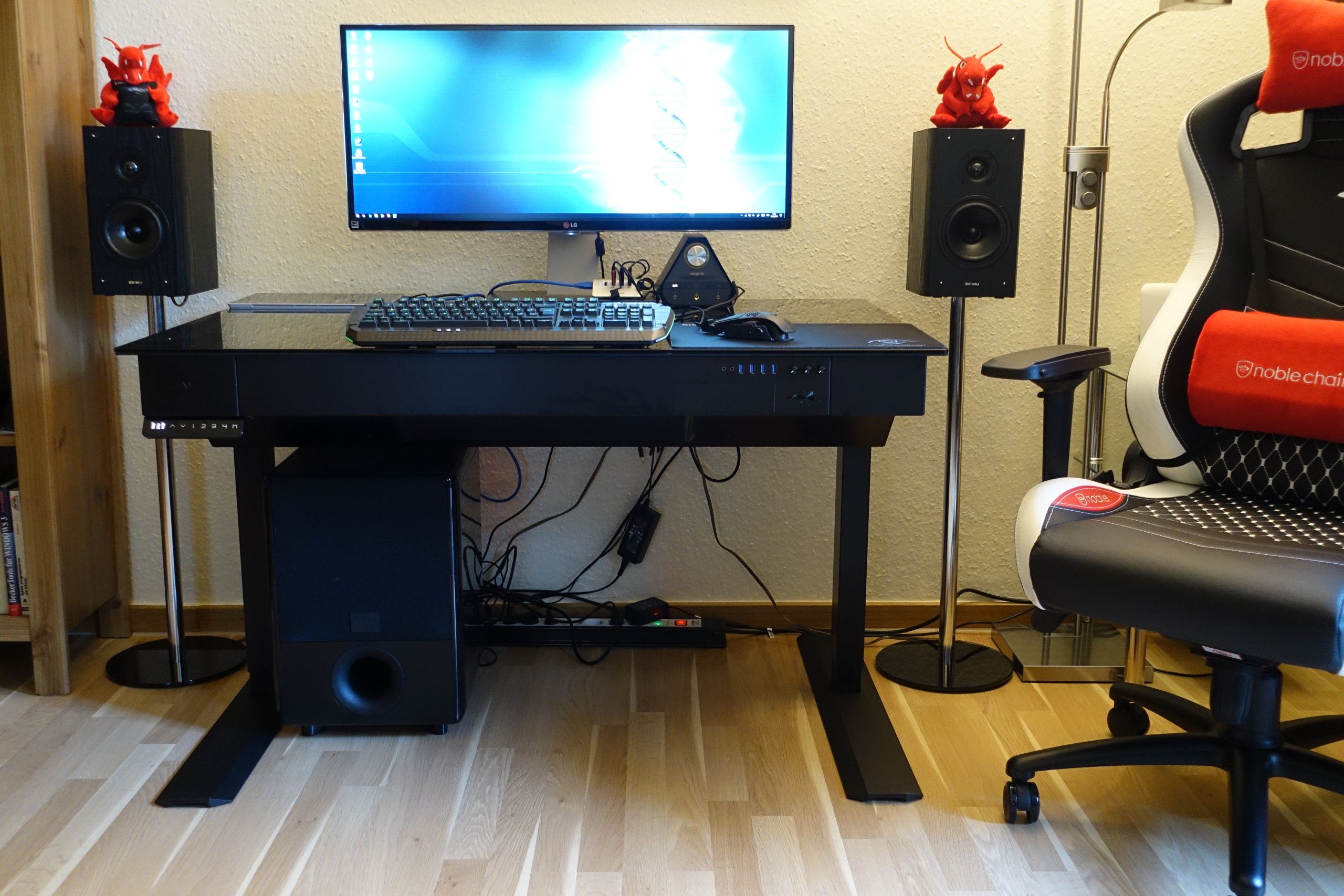
In the test setup, we let the e-MU XM7 full-range passive speakers connected to a Creative Soundblaster X7 play and use a completely linearly adjusted, neutral equalizer setting. The Mivoc Hype 10 G2 has been set to 48 Hz, which easily reaches up to the approximately 70 Hz of the E-MU without overdrawing. The level is kept so low that it complements the two really good, neatly dissolving shelf speakers almost perfectly downwards, without playing acoustically in the foreground.
Conclusion
In the 150-euro class, there is little better than the Mivoc Hype 10 G2. Those who can live with the listed restrictions receive an extremely fair value, which can hardly be surpassed even by self-constructionwith newly purchased parts. That’s why we give the Mivoc Hype 10 G2 an unconstricted purchase recommendation – our own experiment has proven that the use at each of the test sites and in different scenarios is really worthwhile.
If you don’t overdo it with the settings and in itself good (shelf) speakers and near-field monitors want to spice up a little down acoustically without having to plunder the family cash register – definitely access! And always think nicely of the neighbors…

































Kommentieren